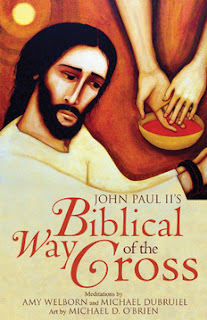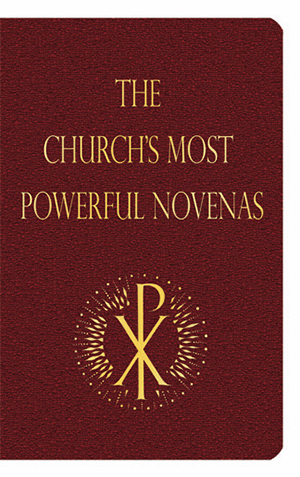From How to Get the Most Out of the Eucharist by Michael Dubruiel
A N O T E O F C A U T I O N
N ow, I want to be clear that what I am proposing in this book is not the “victim-ism” that was sometimes prevalent in the older spirituality of “offering it up.” In every situation we are free to choose how we will respond to an event: we can blame someone else for what is happening, or we can feel powerless and do
nothing. It is my contention that neither of these responses is Christlike.The experience of “offering up” our lives to God needs to be a positive and co-redemptive act.Thankfully, with God’s help we are all capable of freely choosing to respond in this fashion.
Those who promoted the spirituality of “offering it up” in a previous age often quoted St.Paul’s words to the Colossians:“Now I rejoice in my sufferings for your sake, and in my flesh I complete what is lacking in Christ’s afflictions for the sake of his body, that is, the church” (Colossians 1:24). In offering our sacrifice at the Eucharist, in the same way that we offer up any suffering we endure in life, we take whatever is negative and turn it into a positive, life-giving force both in our own lives and in the lives of those around us. We make up for what is “lacking” for the sake of “his body,”the Church — that is,ourselves in communion with all Christians with all of our imperfections and all of our failings. “The miracle of the church assembly lies in that it is not the ‘sum’ of the sinful and unworthy people who comprise it, but the body of Christ,” Father Alexander Schmemann remarked.3 This is the power of the cross of Jesus Christ,taking what appears to be weakness and allowing God to transform it into strength!




